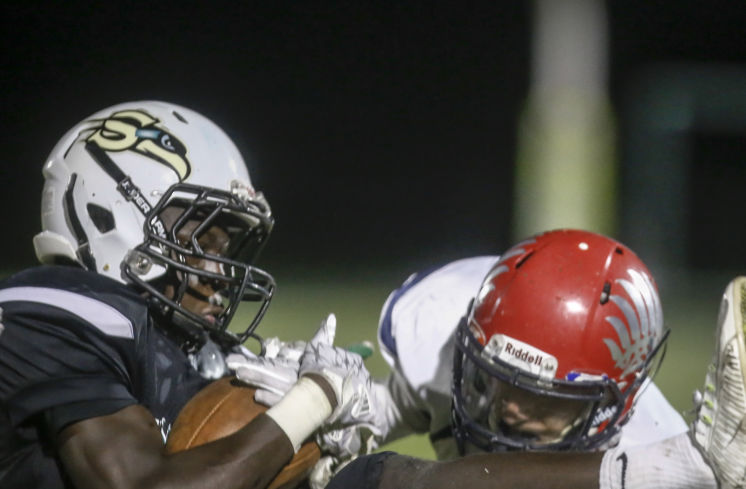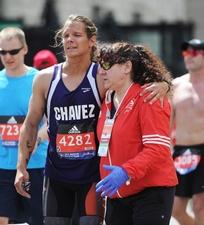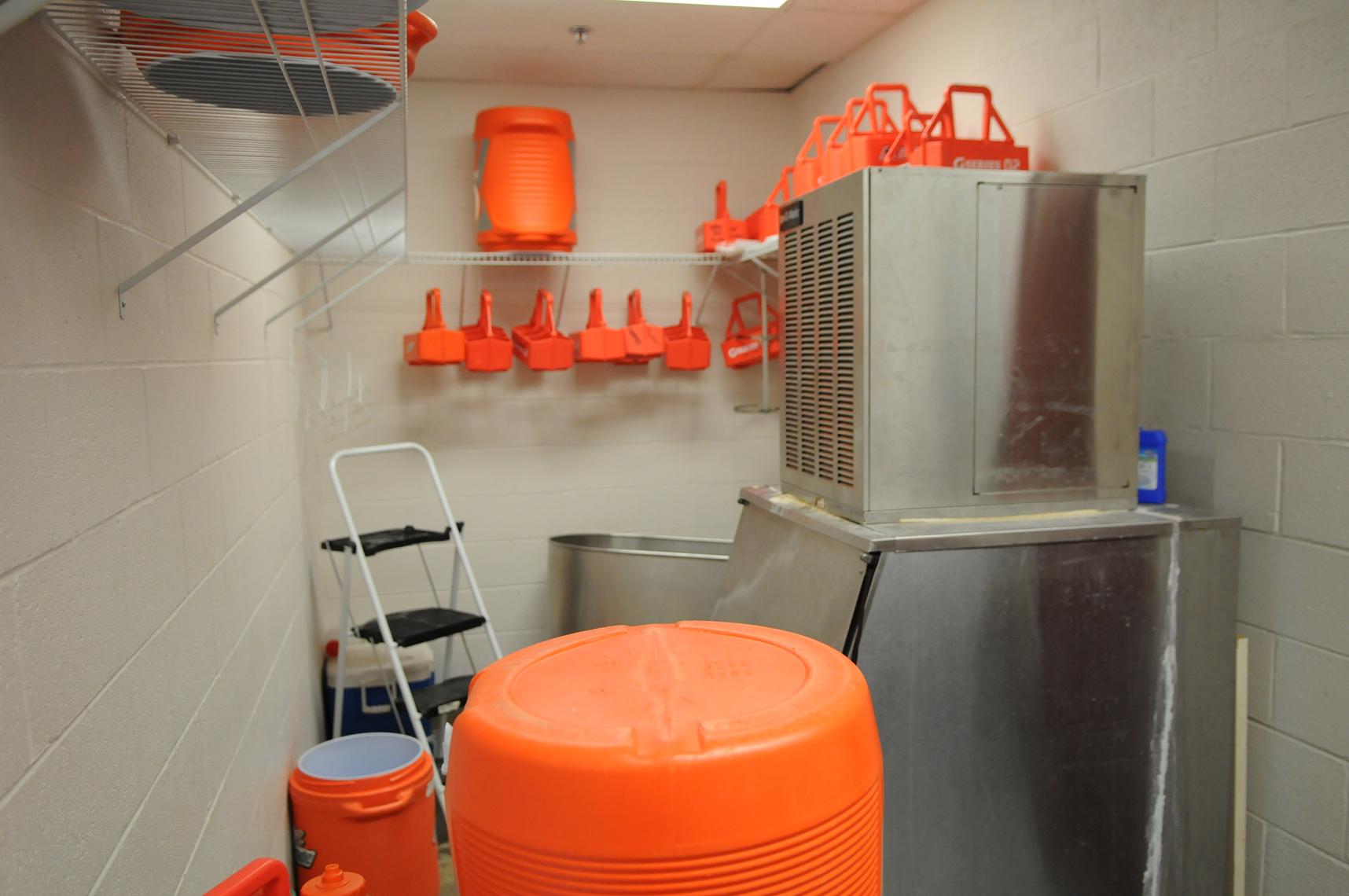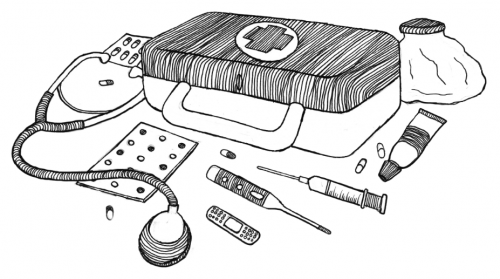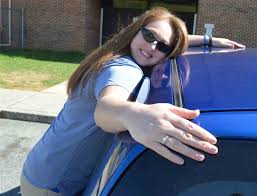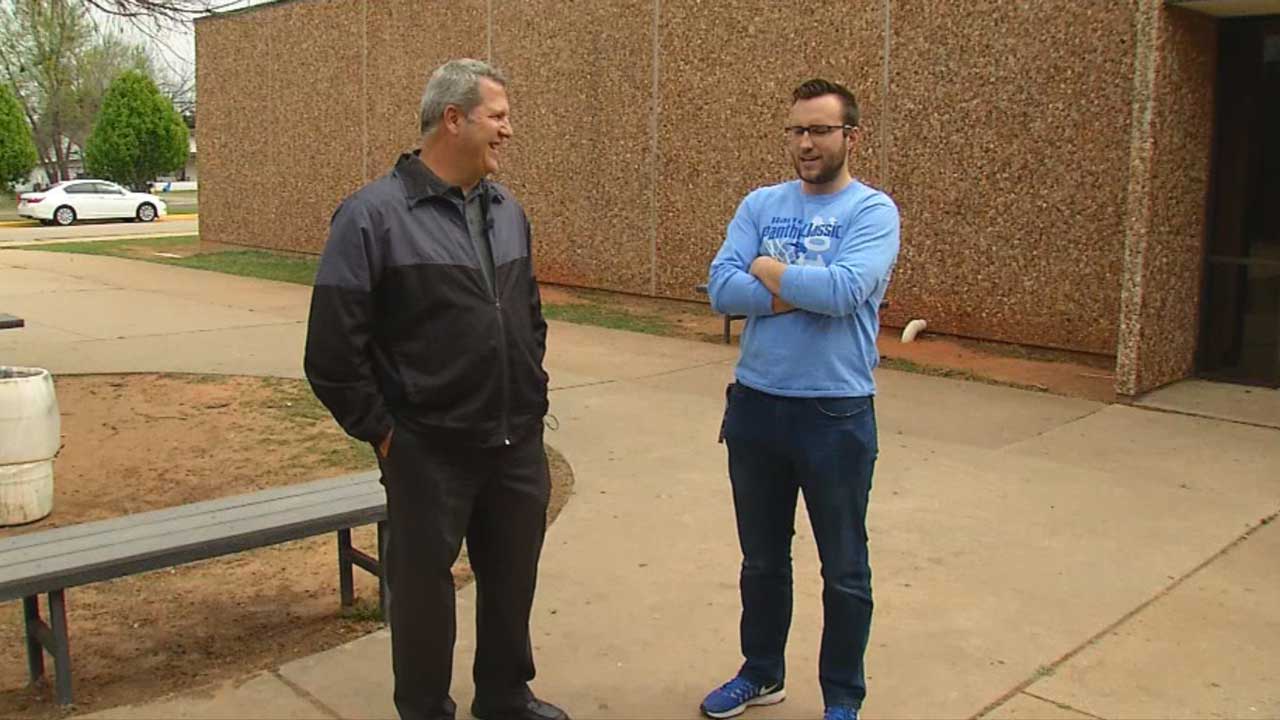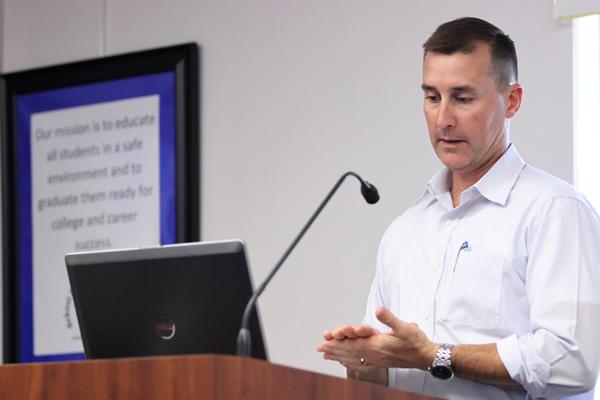
Article reposted from Chiefland Citizen
Author: Sean Arnold
Levy County schools will have athletic trainers from the University of Florida on their campuses for practices and games starting this year, and activity fees and a percentage of gate revenue will fund the program.
The district is implementing a $50 fee for students playing sports – including cheerleading – or participating in band, starting this month. The remainder of the funding will come from a portion of ticket revenue.
Matt McLelland, the new director of administration for the School Board of Levy County, reported at the budget meeting Monday that the district is looking at collecting $1 from every sports event ticket sold to help fund the athletic trainer program.
School Board member Brad Etheridge raised concerns about potential losses in revenue for the athletic programs as they’re required to share ticket revenue.
McLelland replied that schools can raise their ticket prices to offset costs, noting that when he was an administrator at Chiefland Middle High School it hadn’t raised ticket prices for at least six years. He also said schools from nearby counties often charge more than the $6 that’s charged at football games in Levy County. He said the revenue generated from ticket sales already fluctuates significantly depending on the number of home football games a school has.
“I understand, being (the former principal at CMHS) how it is, managing the money,” McLelland added. “But if a trainer can prevent one child who gets a concussion from dying, to me it’s worth it.
“We’re not taking that money and buying golf carts and stuff like that. It’s going directly to the trainer.”
McLelland said students who play multiple sports will only have to pay the fee one time, so they won’t experience an additional hardship.
The activity fee invoice states that, “a UF trainer will be on site to assist in medical situations and serve as a go-between for your student and UF orthopedics. The trainer can also diagnose many issues such as concussions, heat exhaustion and sprained or torn ligaments. Trainers will also assist with rehabilitation necessary due to an injury in sports, cheer or band.”
In response to questions on fees from School Board member Rick Turner, McLelland said he found in his research that $50 is still lower than what’s commonly charged at schools from neighboring counties, citing examples of several athletic programs charging around $200, and one football program even charging $600 per student, unless they secure a sponsor.
“When you look at our surrounding counties,” McLelland said, “this is a big savings compared to Alachua or Marion County and places like that. And we feel the amount of safety that’s going to be administered by the trainer, whether it’s concussions, heat exhaustion, those sorts of things, it’s hard to put a price on that.
“By having a professional that can do that and be a go-between with the UF Department of Orthopaedics and Rehabilitation, they’re going to save parents a lot of time by being able to diagnose issues and coordinate with the UF Orthopedics, versus mom going at midnight to the immediate care center trying to get an x-ray.”
The trainers will cost around $80,000 a year for the county. McLelland said he projects revenue from activity fees to be around $30,000 this year.
Schools will arrange times for the trainers to be on campus, and they’ll be available for practices as well as games.
SBLC chair Chris Cowart suggested the district make trainers available for ROTC members who are training outside.


